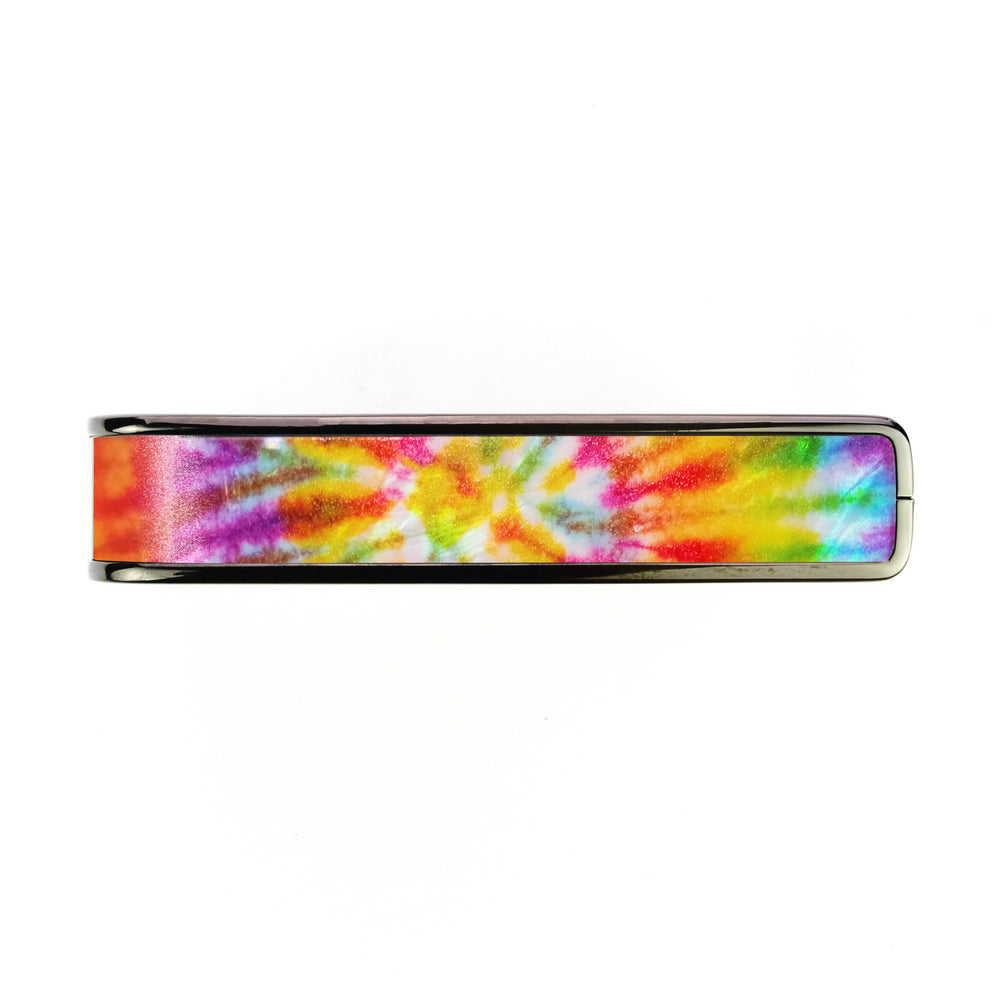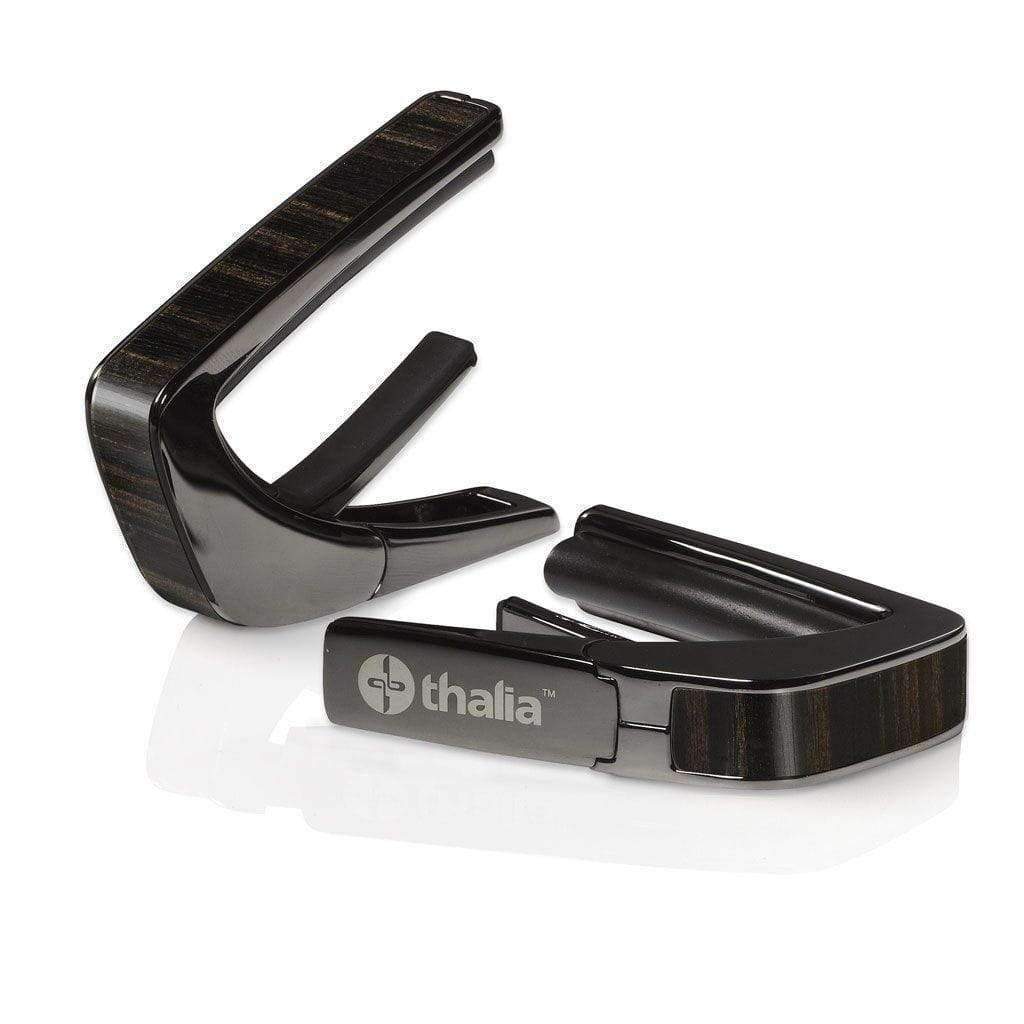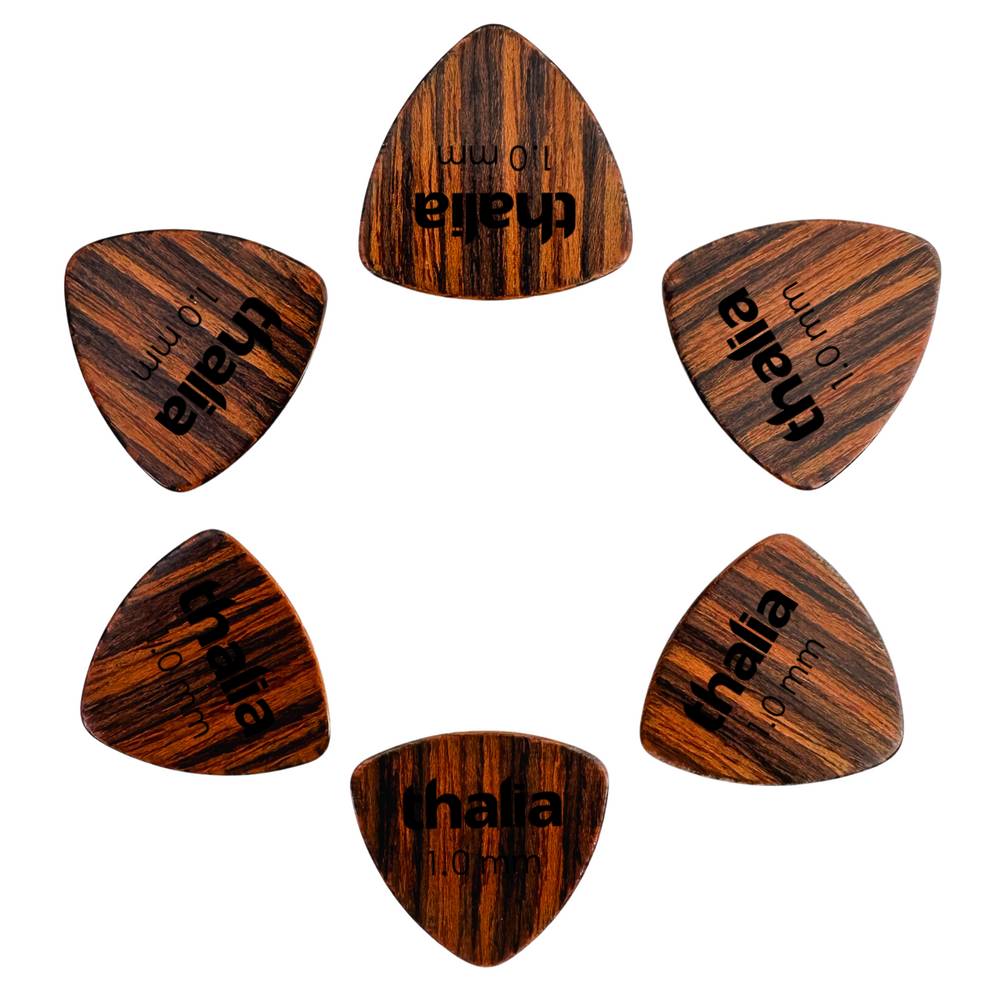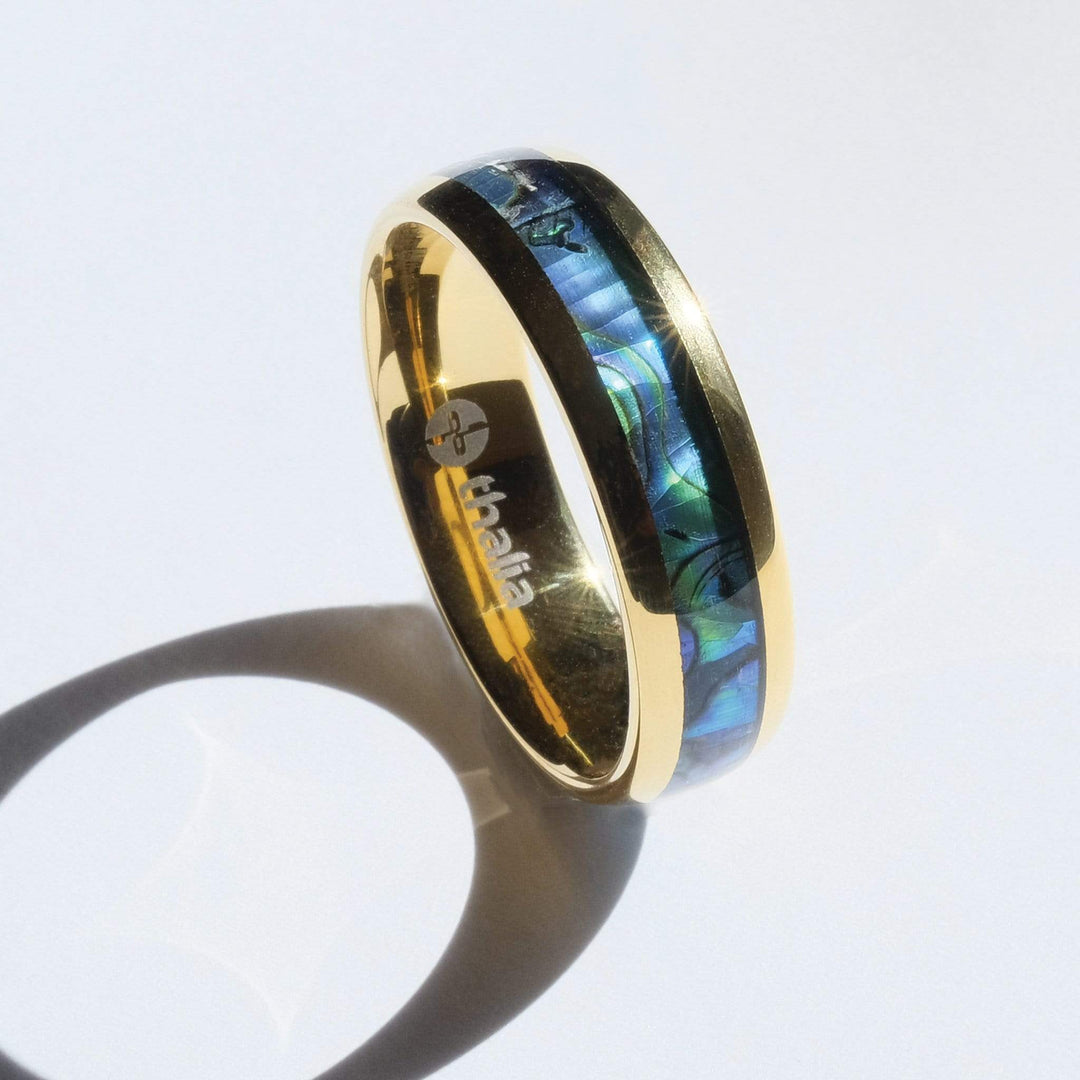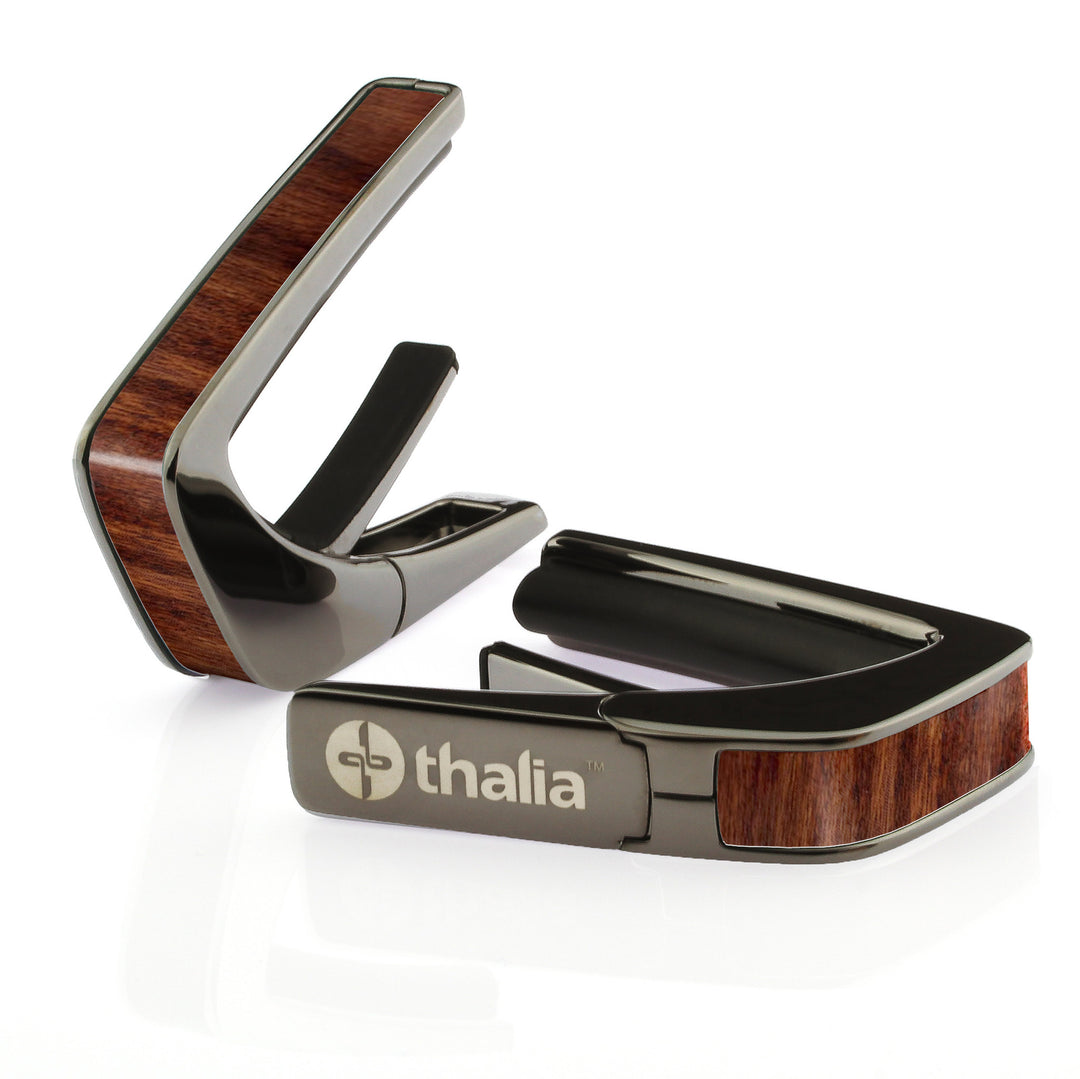How the Fender Telecaster Kickstarted the Electric Revolution
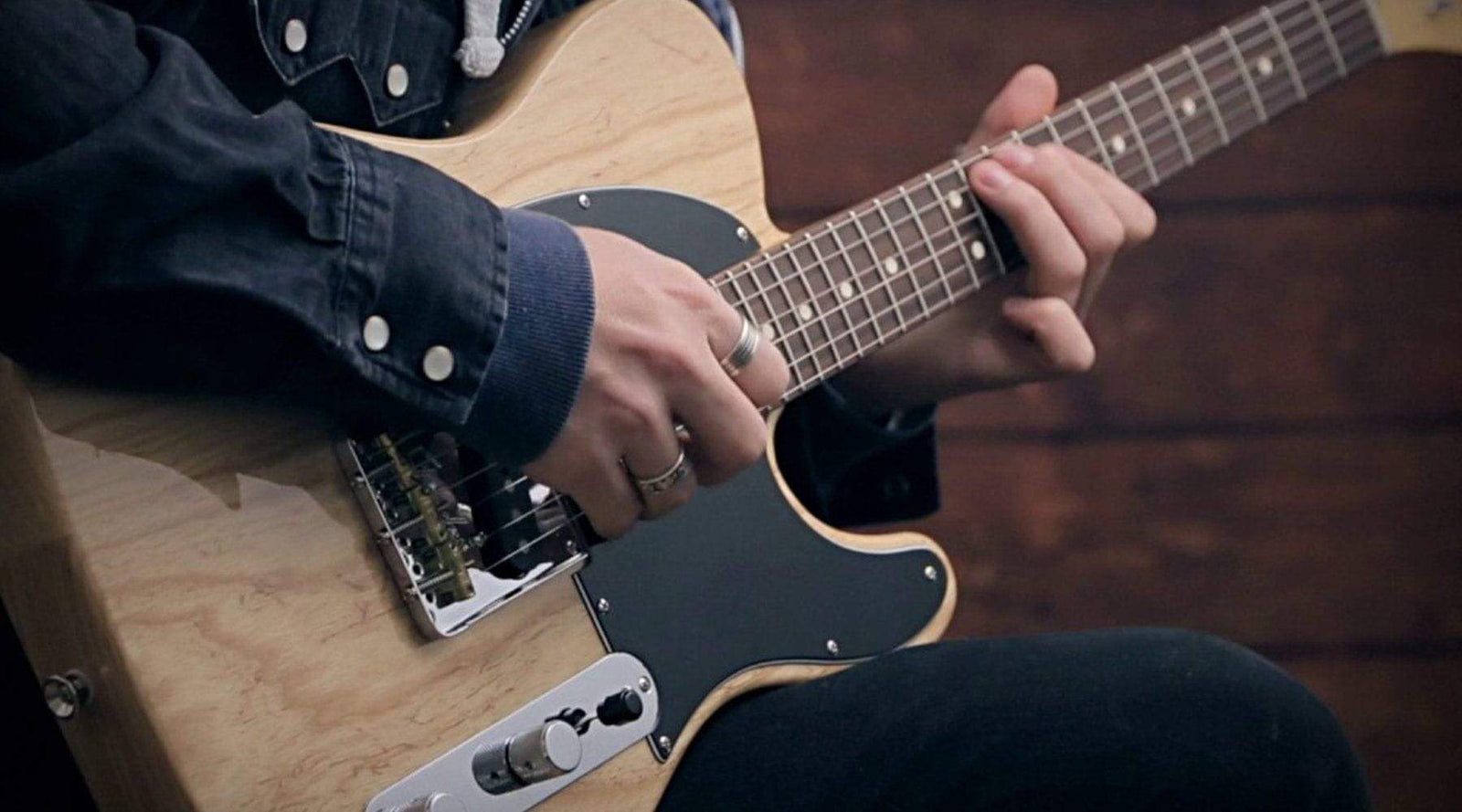
The word “legend” is frequently overused in the world of popular music. It’s thrown out repeatedly and hyperbolically by PR men and hack journalists, usually in relation to second-tier figures that aren’t worthy of the title.
 Leo Fender, though, is a legend in the true sense. The man who pioneered and
Leo Fender, though, is a legend in the true sense. The man who pioneered and  popularized the solid-body electric guitar, Leo was the game changer that electrified rock and roll music.
popularized the solid-body electric guitar, Leo was the game changer that electrified rock and roll music.
And it all started with one instrument: the Fender Telecaster.
Upon its release in 1950, the Fender Telecaster started an electric guitar revolution, and the world has never been the same since. Today, we’re taking a look at that iconic instrument and how it came to be.
Fender’s Radio Service
 The story of the Tele begins in the late 1940s in an electronics repair shop called Fender’s Radio Service. Leo Fender didn’t actually start out making instruments; he started out fixing them. And, throughout the 1940s, much of his business came from retrofitting electromagnetic pick-ups to instruments such as acoustic guitars and mandolins.
The story of the Tele begins in the late 1940s in an electronics repair shop called Fender’s Radio Service. Leo Fender didn’t actually start out making instruments; he started out fixing them. And, throughout the 1940s, much of his business came from retrofitting electromagnetic pick-ups to instruments such as acoustic guitars and mandolins.
 By the ‘40s, the notion of “going electric” was nothing new. Popular musicians had been “wiring up” their instruments for greater volume since the late 1920s, and semi-acoustic instruments such as the Gibson ES-150 had long been available.
By the ‘40s, the notion of “going electric” was nothing new. Popular musicians had been “wiring up” their instruments for greater volume since the late 1920s, and semi-acoustic instruments such as the Gibson ES-150 had long been available.
But, while wiring up was a necessity for musicians wanting to play for bigger audiences, little concern had been given to the tonal possibilities that an electrified instrument could bring.
All that changed in 1943 when Leo, along with partner Clayton Orr “Doc” Kaufmann, built an instrument that sent shockwaves around the country scene in their native Fullerton, California.
 The instrument in question came about more by accident than design. A crude, solid bodied wooden guitar, it was constructed as a test-rig for the pair’s electromagnetic pickups. But, when local country players used the test-rig, the were charmed by its bright, sustaining sound and started borrowing it for gigs.
The instrument in question came about more by accident than design. A crude, solid bodied wooden guitar, it was constructed as a test-rig for the pair’s electromagnetic pickups. But, when local country players used the test-rig, the were charmed by its bright, sustaining sound and started borrowing it for gigs.
The prototype
 Bolstered by the positive feedback from the local country scene, Fender got the idea that a solid-bodied “electric” guitar could be marketable commodity and set about refining his prototype. After much tinkering, a new version emerged in 1949. An anonymous white guitar, it didn’t yet feature the iconic Fender headstock. That aside though, it strongly resembles the Telecaster as we know it today.
Bolstered by the positive feedback from the local country scene, Fender got the idea that a solid-bodied “electric” guitar could be marketable commodity and set about refining his prototype. After much tinkering, a new version emerged in 1949. An anonymous white guitar, it didn’t yet feature the iconic Fender headstock. That aside though, it strongly resembles the Telecaster as we know it today.
Inspired by the solid-bodied Hawaiian guitars that “Rickenbacher” (later to become noted guitar manufacturer and Fender competitor, Rickenbacker) were making at the time – simple units of Bakelite and aluminium with parts bolted together – Fender set out to make an instrument that was simple and inexpensive to produce and easy to repair, yet maintained the bright, sustaining tone of his test-unit. The neck was a bolt-on, cut from a single piece of maple without a separate fingerboard (unlike most acoustic guitars of the era) and the electronics were uncomplicated and easy to access. With this new proto-Tele, much of the winning Fender formula was now in place.
Necks on the line…
 Following the 1949 prototype, Fender produced his first production run of solid bodied electrics – now known as the Fender Esquire – in 1950. But, the Esquire wasn’t a roaring success on its initial unveiling. In fact, fewer than 50 guitars were produced, most of which Fender ended up replacing. The reason was a key manufacturing problem that the guitar-maker hadn’t counted on. Specifically, the Esquires were built without a truss rod, and their necks would inevitably bend as a result.
Following the 1949 prototype, Fender produced his first production run of solid bodied electrics – now known as the Fender Esquire – in 1950. But, the Esquire wasn’t a roaring success on its initial unveiling. In fact, fewer than 50 guitars were produced, most of which Fender ended up replacing. The reason was a key manufacturing problem that the guitar-maker hadn’t counted on. Specifically, the Esquires were built without a truss rod, and their necks would inevitably bend as a result.
By the end of the year, and inundated with banana necks, Fender discontinued the Esquire line. In its place, a refined version of the guitar was launched. He added the much-needed truss rod to the neck (a standard feature on all Fender guitars from then on) as well as a second pick-up near the neck for increased tonal options.
(Bent necks or not, original Esquires are worth a mint today)
From Broadcaster to Nocaster to Telecaster
 The Telecaster as we know it today had arrived, though under a different name. Reflecting its amplifiability, Fender elected to call the new instrument the “Broadcaster.” But, the name got him in hot water with fellow instrument manufacturer Gretsch. Gretsch already produced a “Broadkaster” range of drums which, while difficult to confuse with Fender’s solidbody electric, were enough to bring the threat of legal action.
The Telecaster as we know it today had arrived, though under a different name. Reflecting its amplifiability, Fender elected to call the new instrument the “Broadcaster.” But, the name got him in hot water with fellow instrument manufacturer Gretsch. Gretsch already produced a “Broadkaster” range of drums which, while difficult to confuse with Fender’s solidbody electric, were enough to bring the threat of legal action.
For a brief period, Fender’s guitar became the “Nocaster” (so called because there was no name, other than Fender’s on the headstock) before “Telecaster” was settled on in 1951 and the legend was born. Rapidly gaining a foothold in the marketplace, the Fender Telecaster kickstarted the electric guitar revolution, prompting established manufacturers like Gibson, Gretsch and Rickenbacker to start building their own solid-bodied electrics in 1952. The world of popular music would never be the same again…
Are you a Telecaster player? Which do you prefer – the Stratocaster or the Telecaster? Share your thoughts in the comments.







